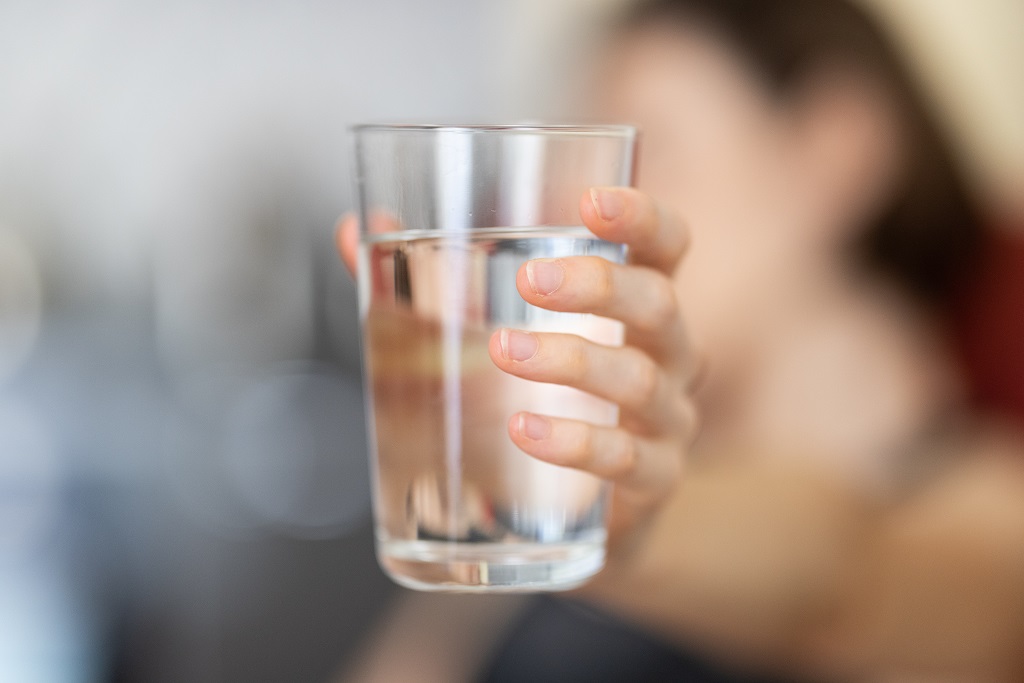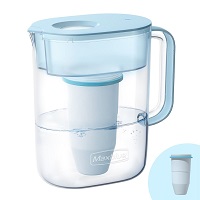Tap water is not always safe to drink. Some municipalities have higher levels of total dissolved solids in their tap water than others. If you are unsure, test the TDS (total dissolved solids) in your water for peace of mind and healthier drinking habits.
What Is TDS in Water
TDS stands for Total Dissolved Solids and represents the total concentration of dissolved substances in water. It is the term used to describe the inorganic salts and small amounts of organic matter present in solution in water.
The source of the TDS in water can be traced from natural sources, sewage, urban and agricultural run-off, and industrial wastewater. The salts used for wintertime road re-icing will also contribute to the TDS concentrate in our water plumbing system.
Is Low TDS Water Safe for Drinking
Based on a report by the Water Quality Association, water low in TDS is defined as that containing between 1-100 milligrams per liter (mg/l) of TDS. There is no scientific data to prove that drinking water with low TDS will lead to adverse health effects. On the contrary, low TDS means excellent water quality, though sometimes it tends to have a flat taste.
Is High TDS Water Safe for Drinking
Just because water has high TDS levels doesn’t mean it is bad for human health. Similar to what we have discussed for the low TDS water, there has been no research from any governmental agency giving scientific proof that high TDS water will cause health concerns.
Yet, the elevated TDS will affect the water taste and the service life of the appliances. Water with high TDS tends to have a bitter, metallic, or salty taste, sometimes even along with discoloring water and unpleasant odor.
Why Does TDS Matters
After comparing the low TDS and high TDS water, you may found the major difference between these two is the taste of water. In fact, the TDS of water also relates to the service life of the piping system at home.
What Is The Ideal TDS Level in Drinking Water
Since the TDS levels do not have a direct correlation with adverse health effects, the recommendations of drinking water are made only for aesthetic and taste preferences with no health criteria.
Calcium, magnesium, hardness, and alkalinity conditions (in municipal limits) do not affect the safety of drinking water. The US recommended maximum level is 500 mg/L, as is the Canadian guideline.
How to Reduce TDS in Water
If you test the TDS and find out your drinking water TDS is above 500 ppm or higher, you might consider improving the water taste. The effective way to reduce or remove the TDS in water is through the water purification process.
Reverse Osmosis (RO)
The reverse osmosis water filtration method relies on a semi-permeable membrane to filter out impurities from drinking water. The membrane contains super tiny pores of a size of 0.0001 microns, which will allow only molecules smaller than its pore to pass through.
As the molecules of dissolved metals and salts are large compared to the water molecules, water squeezes through the membrane leaving the metals and salts behind. The RO system is by far the most efficient method to reduce the TDS water.
Reverse Osmosis (RO)
If you have limited space or other restrictions to install an RO system, you might want to check for some water filter pitchers that have TDS reduction features. This type of pitcher would effectively remove lead, fluoride, chlorine, odor, TDS, heavy metals, and other harmful substances in water.
The downside of this filter pitcher is that the filter service life is very limited, therefore, check for the filter service life when choosing from brand to brand.
Reverse Osmosis (RO)
The distillation is an old water purification method that can be dated back to the Greeks. It offers clean water through boiling and producing water vapor. When water vapor rises and reaches a cool surface, it will condense back to the liquid form and thus bring only the pure H2O. The dissolved salts and other particles are unable to vaporize thus remain in the boiling solution.
Though distillation is a good way to get the purest water, the process of boiling could destroy beneficial minerals in water. The whole distillation process also requires a lot of time and energy consumption compared to the reverse osmosis process.
Conclusion:
Low TDS or high TDS in water is not really a health-related problem, but it could affect the water taste as well as the service life of home appliances.If you hope to reduce the TDS in water and improve the taste of your drinking water, water purification is highly recommended. You can compare different purification methods and choose the one that fits your needs the most.





